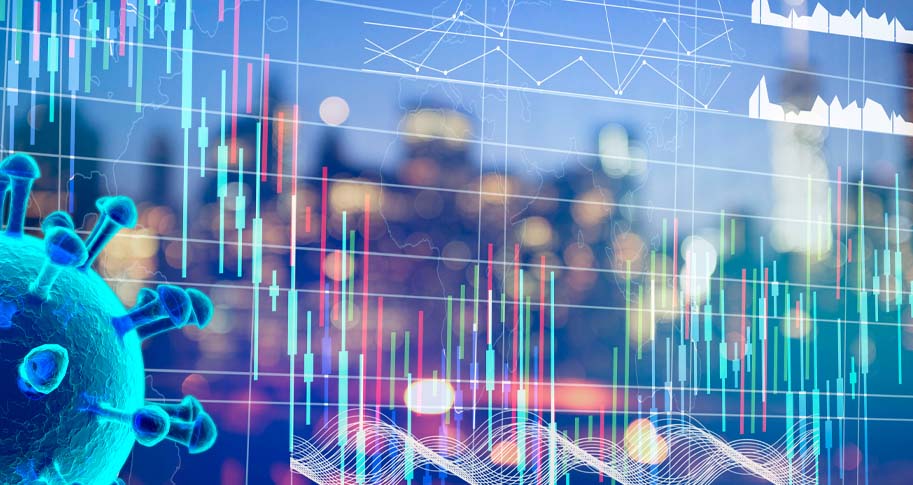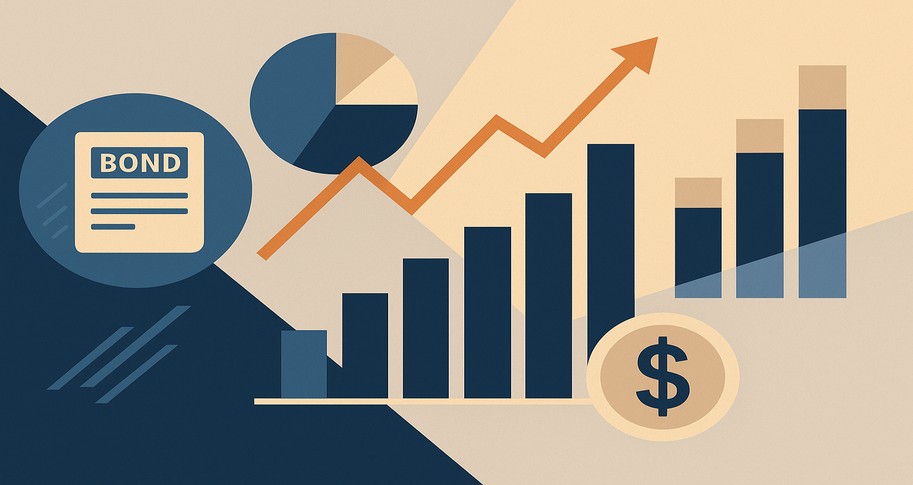
University of Arkansas professors Erin Henry and Caleb Rawson say that the public and media have been especially keen to find the stock market winners – and the losers – in the aftermath of COVID-19. We all know the stories of the technology companies, such as Apple and Amazon, that further entrenched themselves into our lives or, like Zoom, rose from relative obscurity to household names during digitally mediated lockdowns. Likewise, it’s easy to point to unexpected winners like semiconductor manufacturers, whose products became surprisingly profitable even as (or because) consumer demand and supply chain breakdown met in a perfect storm.
In “Geographic connections to China and insider trading at the start of the COVID-19 pandemic,” Henry and Rawson, along with coauthor George A. Plesko, find that the individual winners and losers just prior the pandemic’s onset provide a more interesting analysis. Insiders of corporations with connections to China were more attuned to the public information coming out of China in the early days of the COVID-19 outbreak. Accordingly, these corporative executives made more profitable sales than insiders of corporations without connections to China.
Henry, Rawson, and Plesko’s research posits geography as an informational advantage on the market. And because this information is publicly available data, it doesn’t run afoul of Rule 10b5-1. This rule allows company insiders to make preplanned trades to avoid accusations of insider trading on valuable information that hasn’t been made public. Their research provides essential insights as the Securities and Exchange Commission reviews and updates its insider trading rules in the wake of COVID-19’s market-wide disruptions.
What was a China Connection Worth?
According to the researchers, there was a seven-week period between when the first publicly available news about a novel coronavirus came out of Wuhan, China, and when the US and China began taking containment measures. Hindsight is always 20/20, but it’s clear now that those early days of reporting on COVID-19 in China foreshadowed the looming lockdowns and economic slowdowns.
During that period, insiders of corporations with connections to China seemed to benefit from a specific informational advantage. Henry, Rawson, and Plesko analyzed over 50,000 trades between January 2018 and March 2020 to determine the overall profitability of sales of stock by insiders of China-connected corporations during the COVID-19 period.
In general, these China-connected insiders saw a 20% to 40% relative increase to their profitability compared to non-China-connected insider sales. Moreover, one standard deviation in the researchers’ measurement for China intensity (i.e., how much the company mentions inputs and outputs to China) equated to a 2% higher profitability.
Insiders of companies with geographic ties to China displayed clearly different selling behaviors. They made their sales prior to any market decline caused by COVID-19 disruptions, whereas non-China-connected insiders sold stock after prices initially declined but before they continued to slide. Henry, Rawson, and Plesko estimate that a China connection saved insiders about $375 million in losses.
Most stock sales showed some profitability, whether the insider had China connections or not. While there was statistically little difference between China-connected and non-China-connected insiders before COVID-19, after COVID-19 is a different story. After COVID-19, China-connected insiders saw between a 7% and 13% higher rate of profitability. To be clear, insiders without a connection to China were not unprofitable; rather, they were less profitable. Simply put, a geographic connection to China had real value: insiders saw up to 13% higher profitability over their peers and avoided millions of dollars in losses.
Did Insiders Break Any Rules?
With so much money flying around, there’s good reason to be skeptical whether this was all above board. And the SEC has rules to prevent insiders from gaining a material advantage over the public where there might be information asymmetry.
To cut down on illegal trading, the SEC enacted rule 10b5-1 in 2000, which gave insiders a way to make preplanned trades before they might have material nonpublic information. These trades usually need to be passive, meaning that the insider cannot influence them after the trade has been set.
In summer 2021, the SEC’s Chairmen, Gary Gensler, announced that the commission will be reevaluating rule 10b5-1 in response to alleged abuse of the rule during the pandemic. The SEC’s investigation is happening in parallel as Congress and other federal officials are likewise scrutinized for their perceived insider trading. In light of this, Henry, Rawson, and Plesko wanted to test whether these China-connected insiders circumvented the SEC’s regulations against insider trading.
In December 2022, the SEC adopted new changes to 10b5-1 that will take effect in February 2023. These changes require increased disclosure about both the timing of trades, namely when an insider can trade, and their nature, whether these trades were preplanned or not. These recent changes will thus reduce the amount of private information insiders can trade off of.
In their analysis, the researchers found that only non-preplanned trades were more profitable for China-connected insiders in the initial days of COVID-19. All in all, the researchers did not find evidence for illegal insider trading among China-connected insiders.
Instead, the researchers argue that insiders of companies connected to China were more sensitive to the public information coming out of China about the novel coronavirus. Having a presence in China meant that these insiders were more aware of and attentive to the effects that the virus might have on supply chains and operations due to their experience with China.
These corporate insiders experienced success because they understood sooner and better the stock market implications of the unfolding COVID pandemic. Indeed, the corporations in which these insiders worked were proactive in providing information to investors as soon as they were aware of COVID-19’s destabilizing possibilities and specified the clear risks they faced due to the pandemic in 2020.
In short, Henry, Rawson, and Plesko argue that geography can be a material asset for investors. China certainly highlights this relationship because the government exerts so much influence on what information goes in and out of the country, so experience and exposure with both the Chinese government and the media’s approach to information was crucial for China-connected insiders’ profitability in the early days of the COVID-19.
Even as digital technologies shrink space and make distance seem abstract, Henry, Rawson, and Plesko’s research reminds us that locations and direct presence still matter.








